On January 16, President Shavkat Mirziyoyev chaired a meeting to discuss the results of the work carried out to attract investment, increase export volumes, and identify key tasks for the future.
As a result of the country’s policy of openness and active capital attraction, the economy continues to grow steadily. In particular, in 2024, the gross domestic product increased by 6.5 percent, reaching $115 billion. The volume of foreign investment increased by 1.6 times and amounted to about $35 billion. 242 large and medium-sized projects worth $10 billion have been commissioned. Exports reached $27 billion for the first time.
Last year, investment volumes in the mining, oil and gas, chemical, and agricultural industries doubled. In 50 districts, the volume of attracted investments exceeded $100 million.
The existing lags were analyzed in detail at the meeting.
The indicators for attracting investment in the textile industry, Uztransgaz, Uzmetkombinat, and Uzsuvtaminot systems, have decreased. The volumes of investments and grants received from the ministries of ecology, agriculture, digital technologies, transport, construction, health, sports, culture, higher education, preschool, and school education do not correspond to the available opportunities.
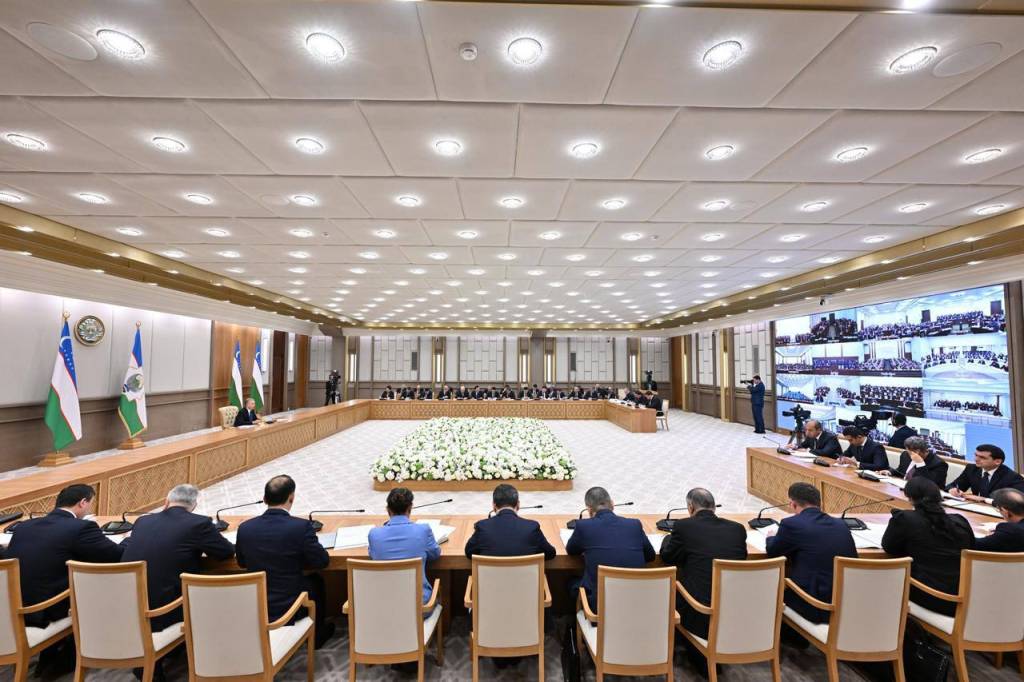
It was noted that some district hokims have let investment and export issues slide. In particular, the hokims of Beruni, Karauzak, Kungrad, Peshku, Yangiabad, Kamashi, Khanka, Shavat, Romitan, Dehkanabad, Mirishkor, Chirakchi, Narpay, Nurabad, and Gulistan districts, as well as the city of Akhangaran, were reprimanded. For serious omissions in his work, Akmaljon Makhmudaliyev, the Hokim of Syrdarya region, was dismissed from his post.
The meeting defined the main tasks for investments and exports for the current year.
First of all, the issue was considered in terms of regions. For 27 districts, the planned investment volume is more than $200 million. However, in 10 districts, the plan does not even reach $40 million. Responsible persons were instructed to form new projects in these districts and increase the volume of investments.
The importance of efficient spending of funds was emphasized. For example, over the past seven years, more than 6 thousand enterprises were launched due to investments of $120 billion. Analysis shows that for every $1 thousand of investment, an average of $530 of added value is created annually. In the mining industry, this figure reaches $700.
However, the return on investment is relatively low in the oil and gas, metallurgy, and construction materials industries. The same situation is observed in Syrdarya, Bukhara regions, and the Republic of Karakalpakstan.
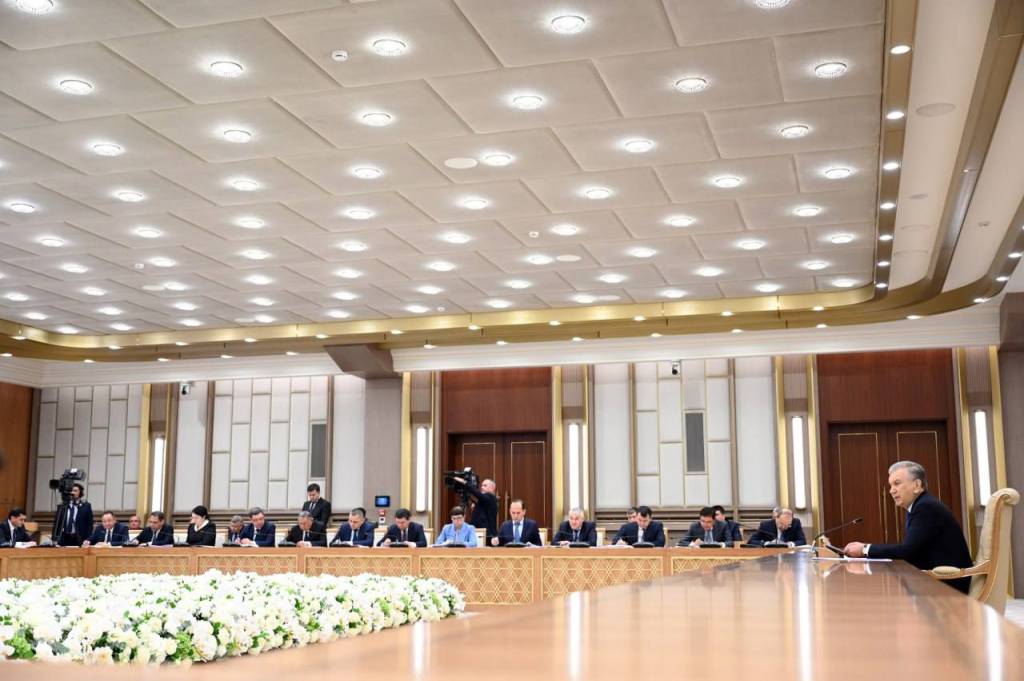
At 92 new enterprises, the equipment is not in use, which delays the repayment of loans. Equipment imported by 105 entrepreneurs is still in customs warehouses.
The President emphasized that increasing the efficiency of investments should be the main task of regional and industry leaders.
“This will give a powerful impetus to the growth of our economy. Due to guaranteed purchases, many new jobs are created, currency is saved, and related areas are developed. Hokims should understand this and delve into each project in detail, organizing the work as efficiently as possible”, Shavkat Mirziyoyev noted.
Instructions were given on holding fairs with the participation of entrepreneurs to develop new types of products and increase the share of local goods in large investment projects.
Leading enterprises in Uzbekistan have begun to attract foreign financing independently. To support this process, in accordance with the decree of the President, a Center for Assistance to Entrepreneurs in Entering Foreign Financial Markets was created under the Chamber of Commerce and Industry. It was emphasized that it is necessary to use this mechanism more actively to train and support entrepreneurs in attracting funds from abroad.
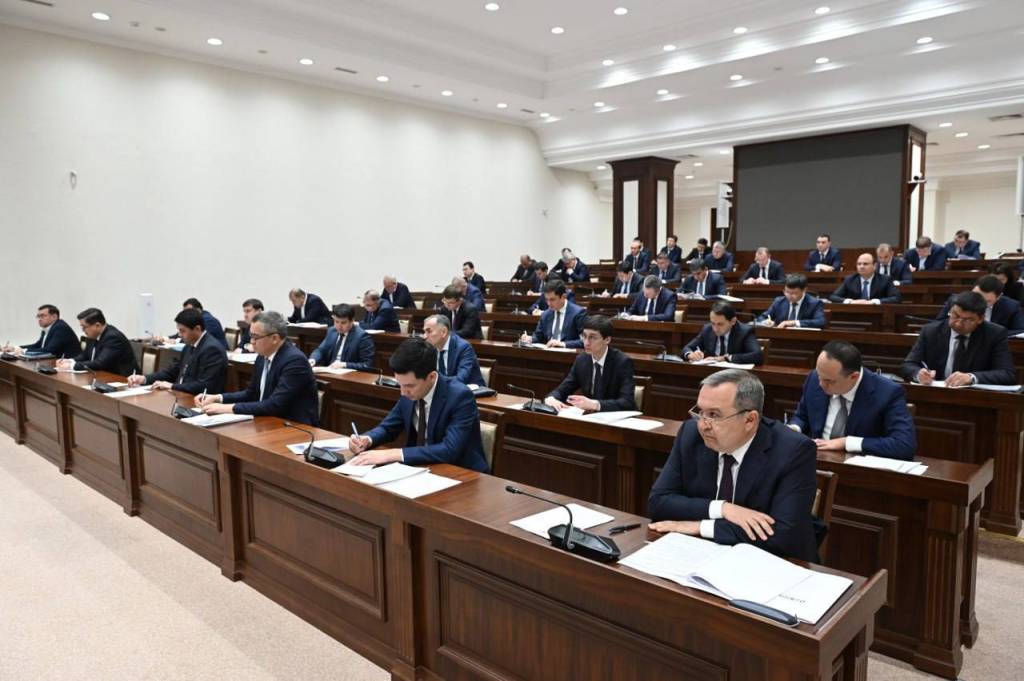
This year, it is planned to implement projects worth 5 billion 200 million dollars using resources from international financial institutions. An emergency headquarters led by the Prime Minister will be created to ensure the timely implementation of these works.
Projects worth 1 billion 100 million dollars have been agreed upon with the European Bank for Reconstruction and Development and 1 billion dollars with the Islamic Development Bank. Responsible persons have been instructed to expand cooperation with these banks based on projects without state guarantees and provide entrepreneurs with the necessary support to attract financing.
One of the most important indicators of investment efficiency is export. For example, enterprises in free economic zones receive benefits based on the invested capital. This was supposed to help reduce costs and enter foreign markets.
Last year, 589 enterprises operating in 22 free economic zones produced goods worth 42 trillion UZS. However, only 18 percent of goods were exported, and 372 enterprises did not supply their products abroad at all.
In this regard, it was noted that from now on, only free economic zones will be created that are focused exclusively on exports. Together with foreign brands, it is planned to manufacture products with high added value that are in demand in foreign markets. One of the first such zones will be a textile cluster in Namangan region on 30 hectares.
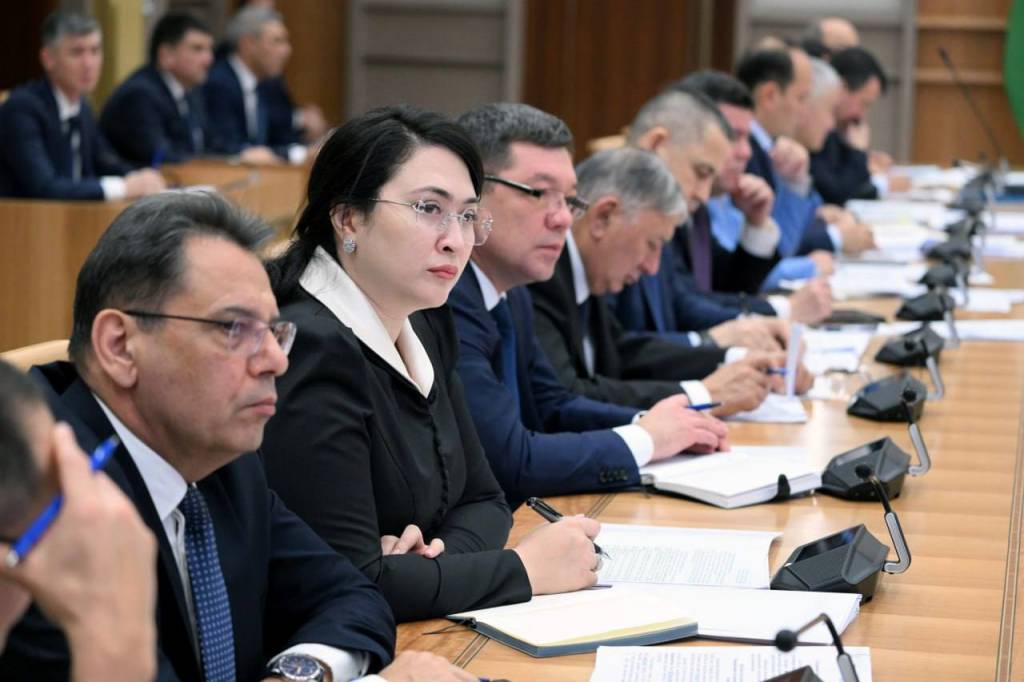
Another new approach is the transfer of 12 technology parks to the management of foreign companies, which was carried out last year. So far, 27 projects with a total value of $2.5 billion have been located there. It is proposed to expand this experience and create several more technology parks with the participation of foreign companies.
This year, exports are expected to increase to over $30 billion. For example, in such areas as the textile and electrical industries, where we have our raw material base, there is potential to increase exports by 2-3 times.
In this regard, measures will be taken to develop these two leading industries and provide comprehensive support to exporting enterprises.
In particular, a separate factoring organization will be created to provide exporters with working capital, and $100 million will be allocated to it. Up to $20 thousand of enterprises’ costs for bringing production into compliance with international certification requirements will be reimbursed. Laboratory equipment for R&D centers will be exempt from customs duties. $2 million will be allocated to promote local products through international marketplaces.
Responsible persons have been instructed to analyze opportunities in foreign markets and develop a three-year export strategy.
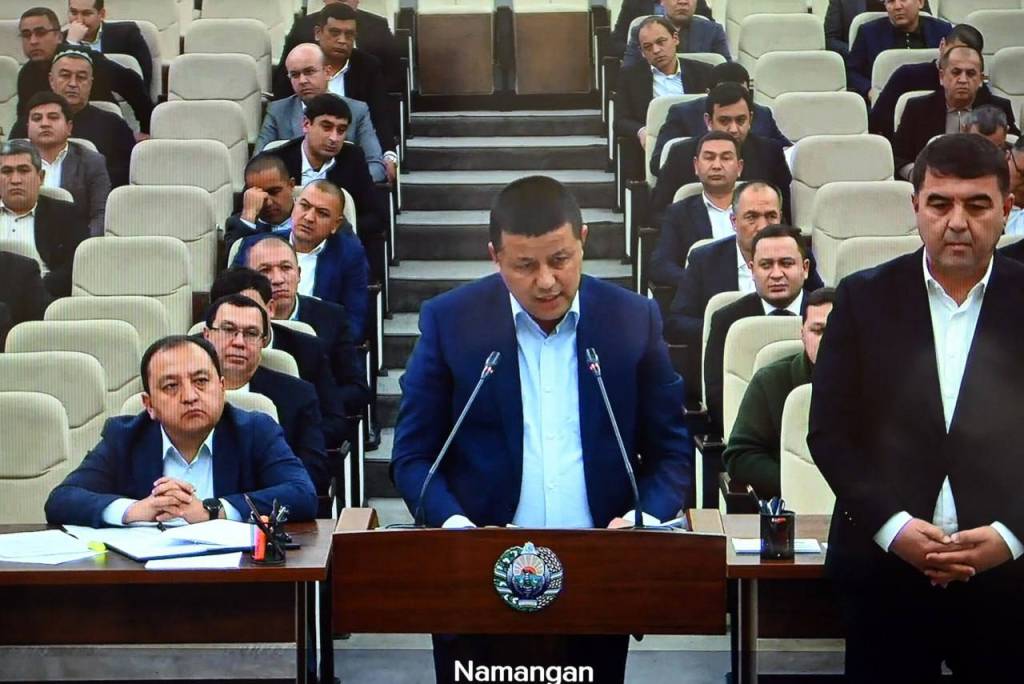
Additional market mechanisms will also be introduced into cotton production and processing. Starting this year, clusters will post their needs and price offers for cotton on the exchange, and farmers will choose the most favorable conditions and enter into futures contracts. Farmers who do not use preferential loans and grow cotton themselves will receive a subsidy of 10 percent of the exchange price of the cotton they sell. Those who repay preferential loans by December 31 can get back 4 percent of the loan amount.
In addition, owners of household plots engaged in growing agricultural products can become clients of banks.
Following the meeting, the Head of state once again emphasized the high competition in the world for investment and markets and demanded that responsible persons strengthen business activity and achieve specific results. It was noted that control and demand in this area will be strict.
The Prime Minister was instructed to approve a quarterly plan to ensure the receipt of $42 billion of foreign investment this year and ensure its implementation.
At the meeting, reports from ministers, industry leaders, and hokims were also heard.
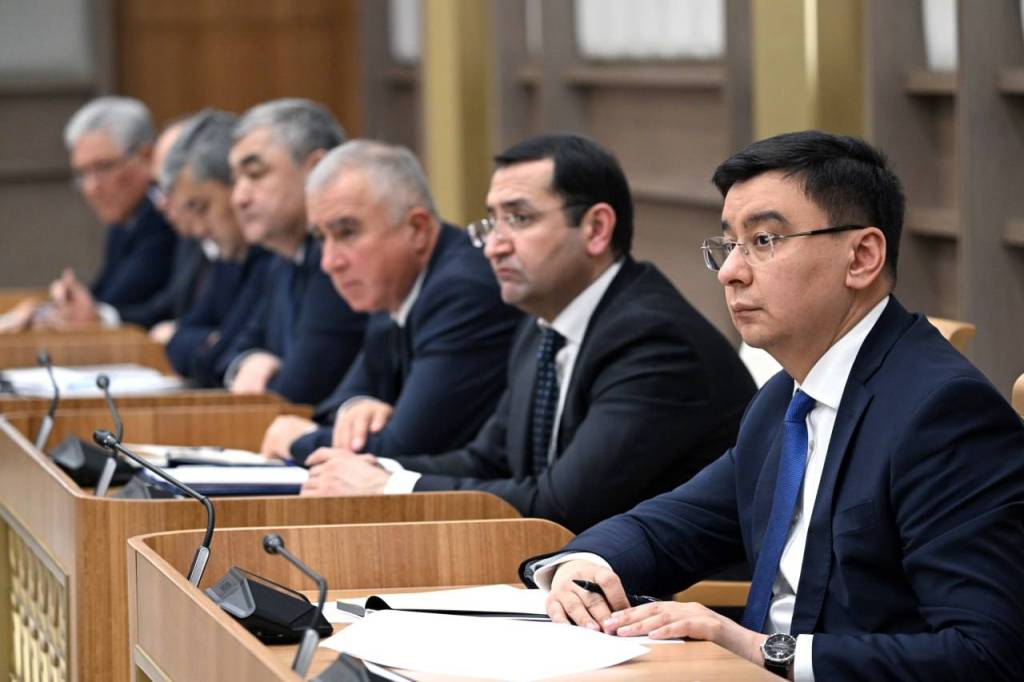
UzA
- Added: 17.01.2025
- Views: 1742
 Ўзбекча
Ўзбекча English
English Русский
Русский
